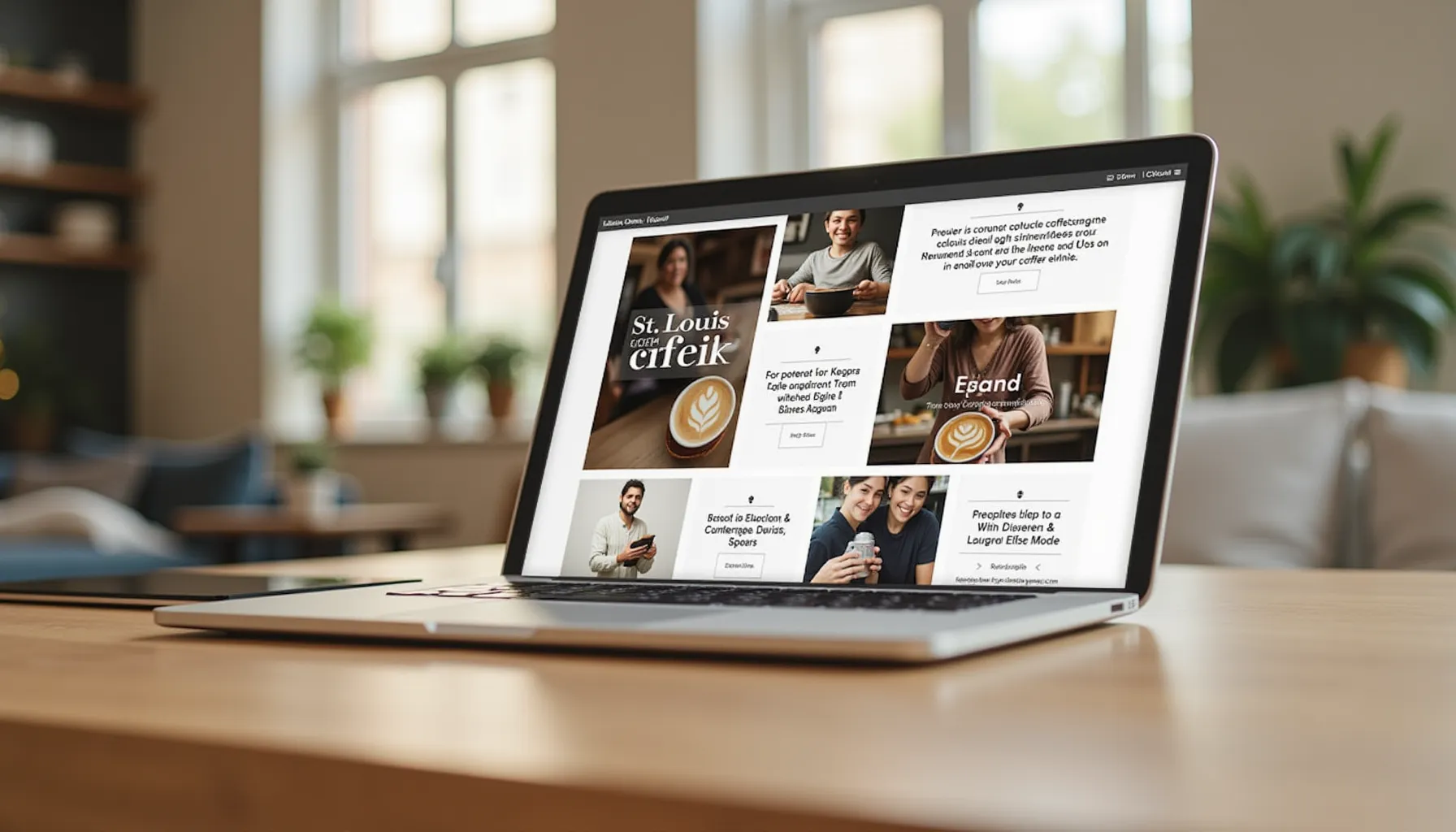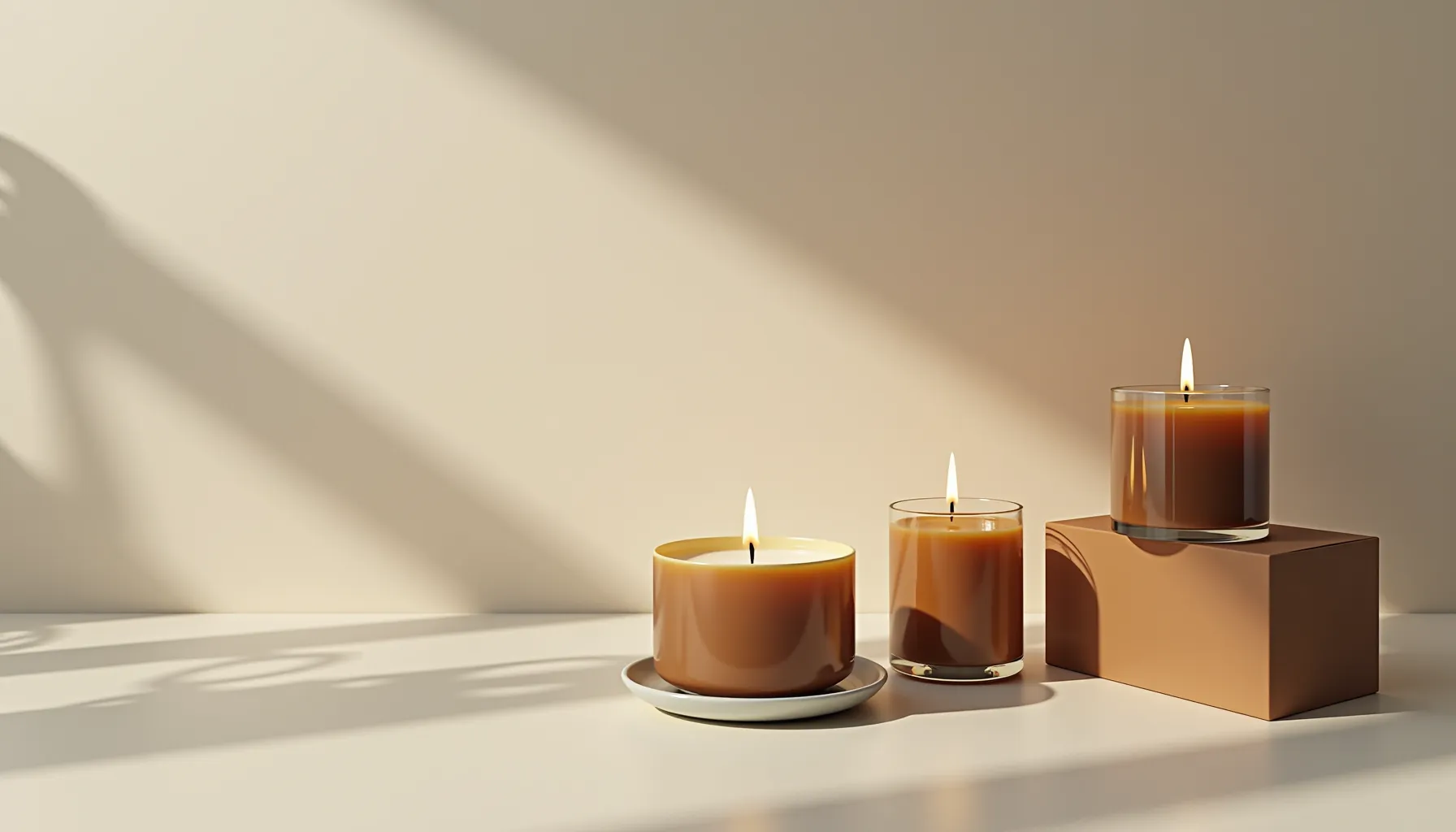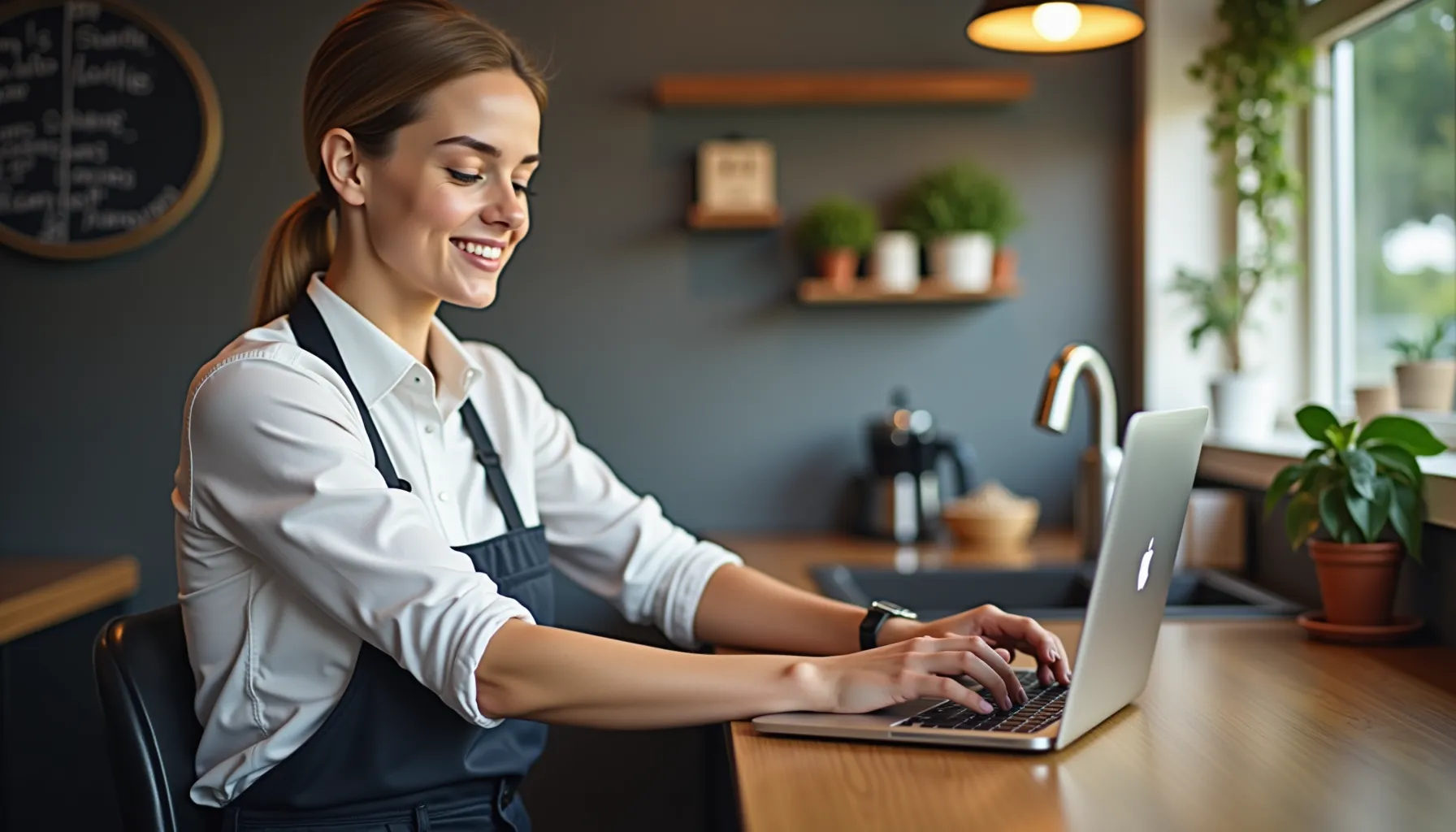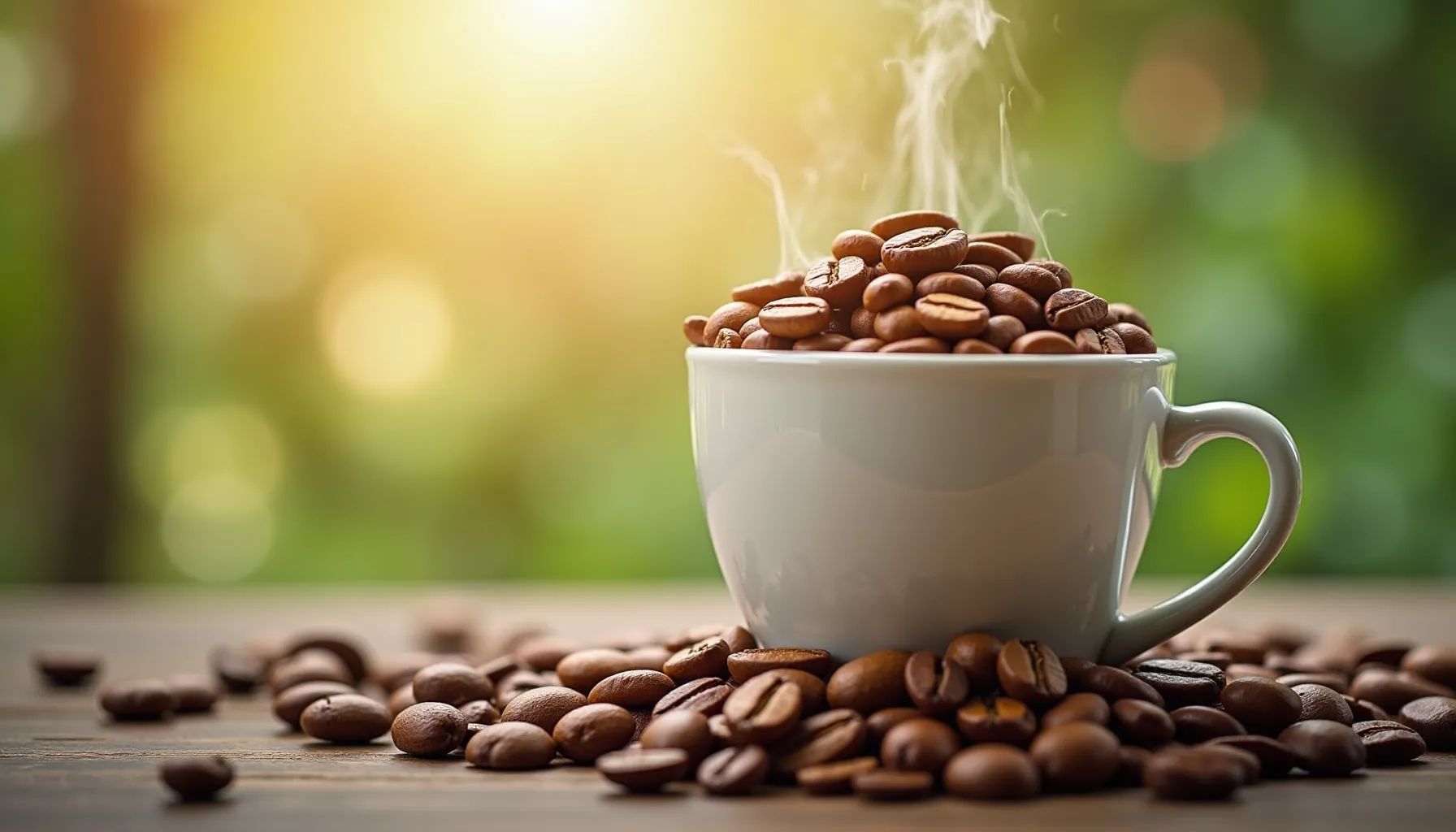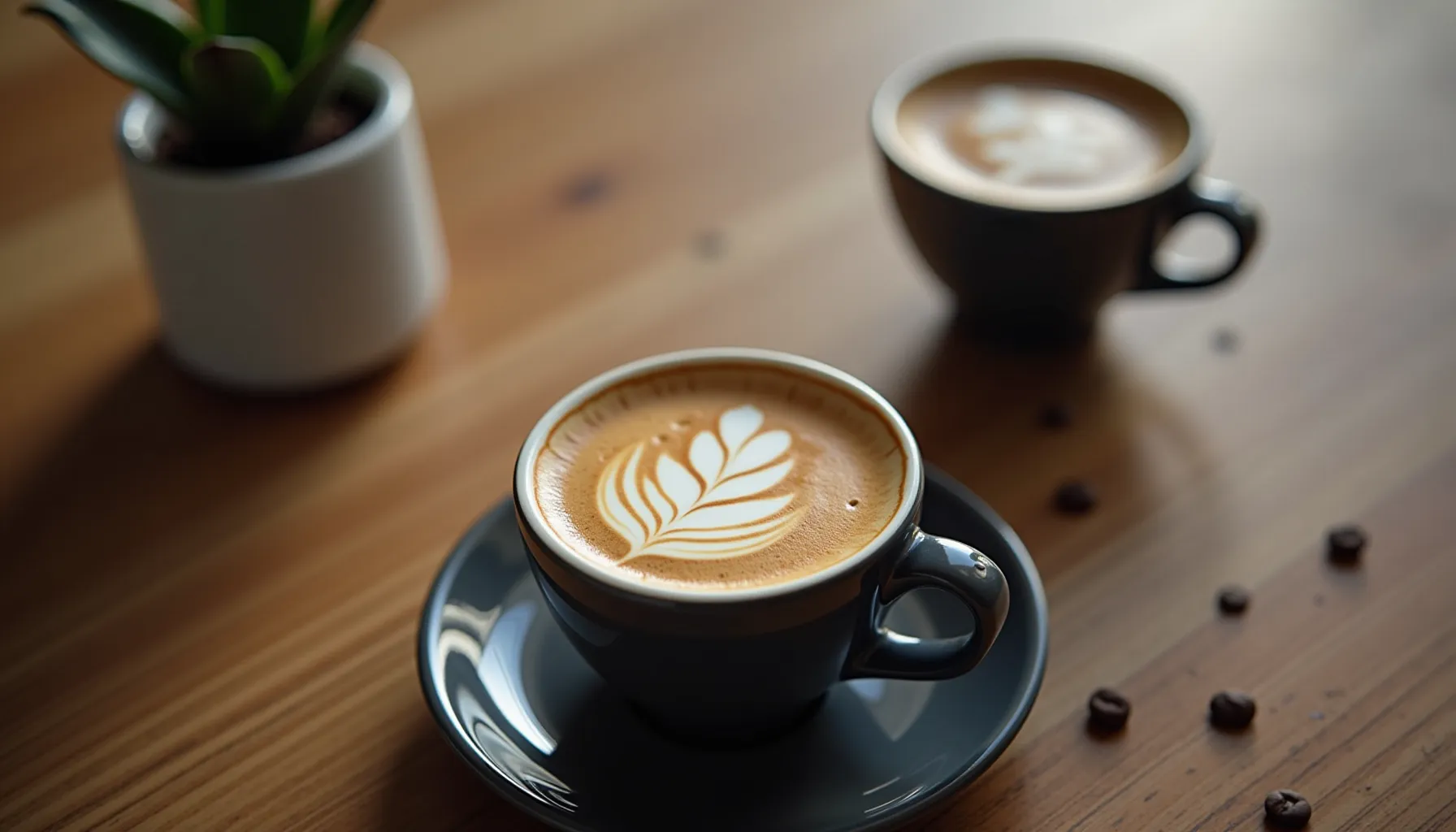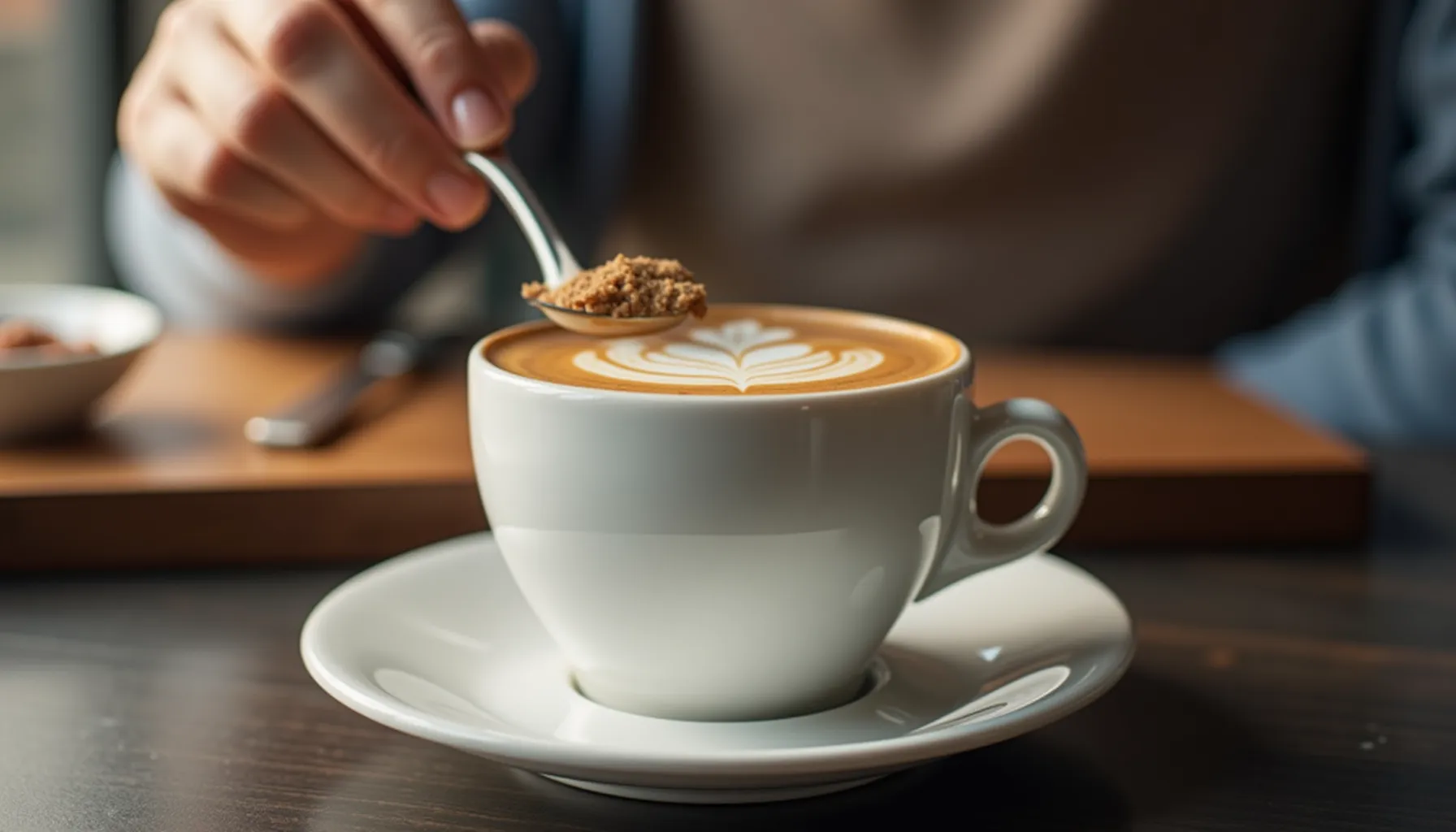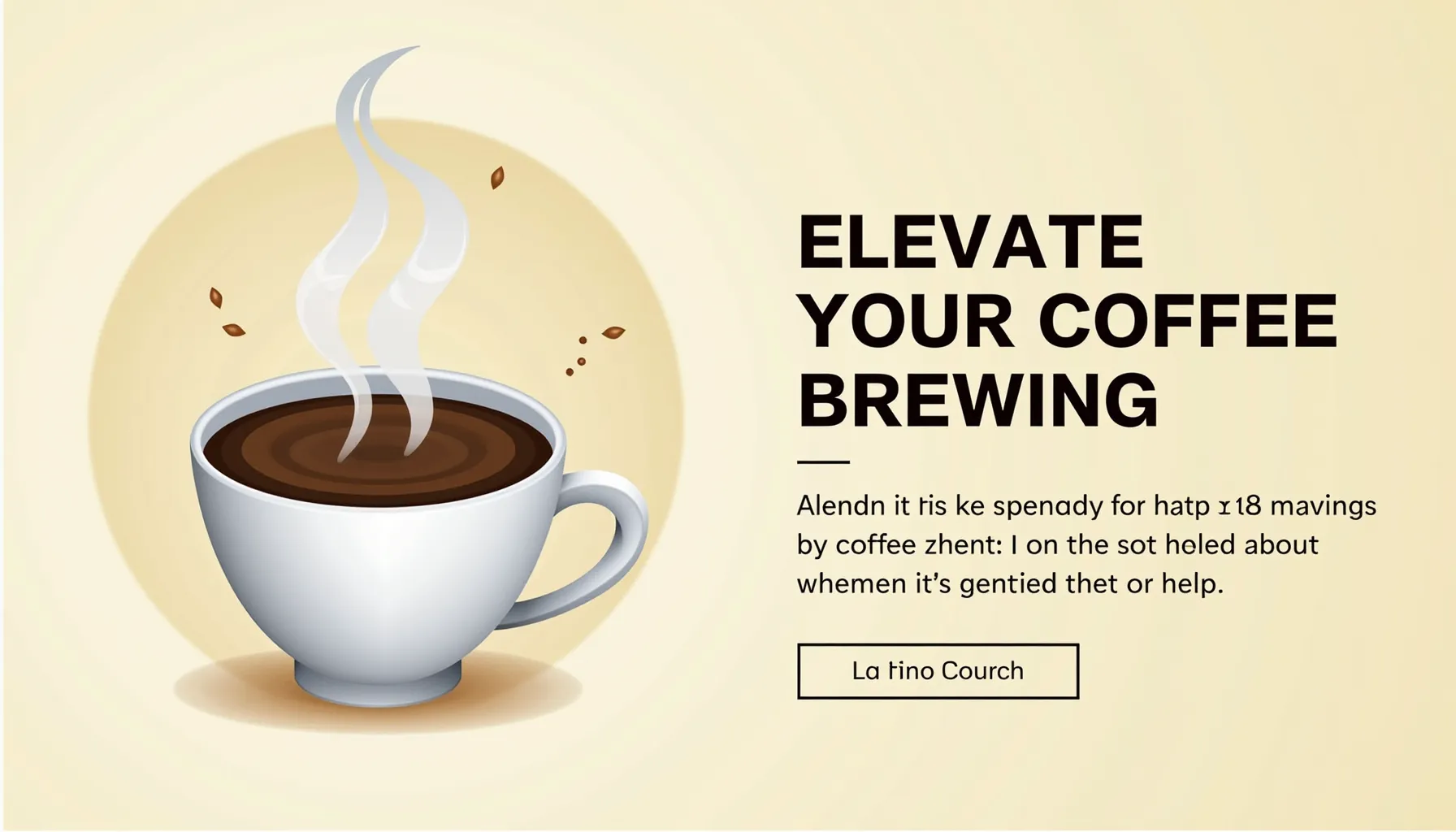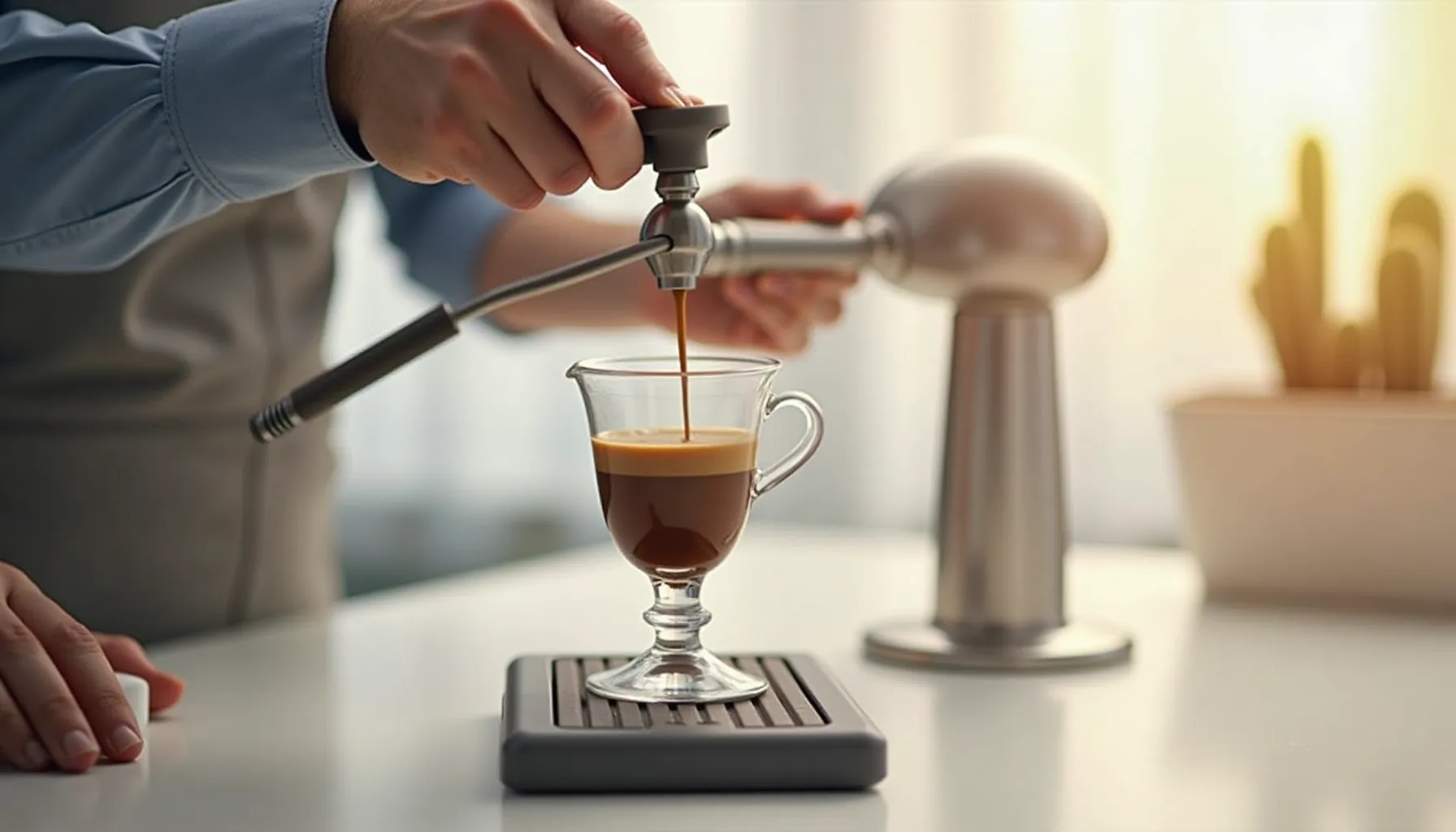The Art of Brewing Perfect Brazilian Coffee at Home
Brazilian coffee, with its smooth, nutty flavor and low acidity, has captivated coffee lovers worldwide. As a coffee enthusiast, I've spent years perfecting the art of brewing this liquid gold at home. In this guide, I'll share my secrets for creating cafe-quality Brazilian coffee right in your kitchen.
We'll explore the unique characteristics of Brazilian beans, from their origins in regions like Minas Gerais to their distinctive flavor profiles.
You'll learn about essential tools, brewing techniques, and tips to elevate your coffee game. Whether you're a seasoned barista or just starting your coffee journey, this guide will help you unlock the full potential of Brazilian coffee.
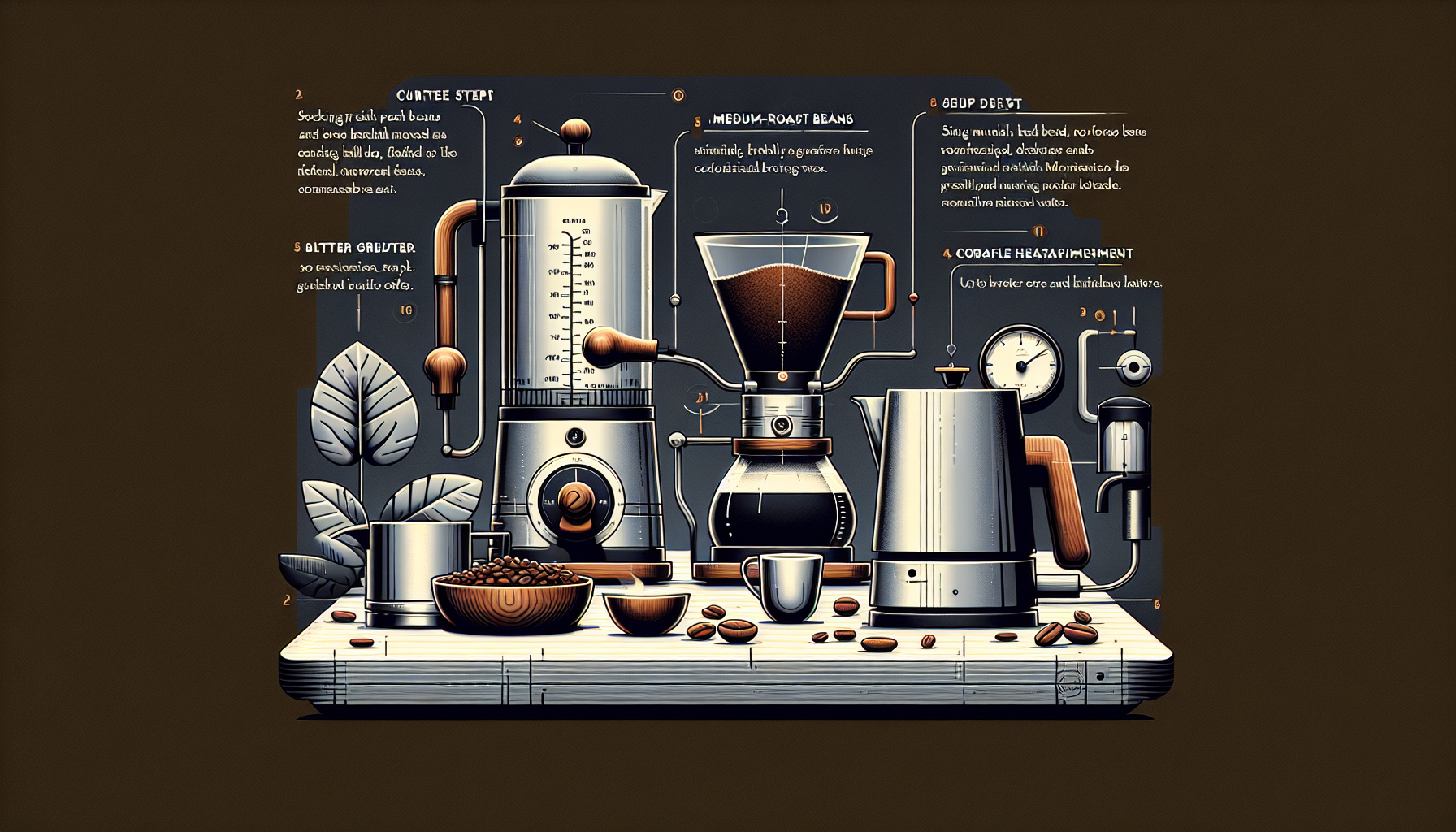
The Brazilian Coffee Brewing Arsenal
To embark on your Brazilian coffee adventure, you'll need a few key items. These tools will help you unlock the full potential of those aromatic beans and create a truly exceptional cup.
Essential Equipment
- Quality Brazilian Coffee Beans: Opt for whole beans from reputable regions like Minas Gerais or São Paulo.
- Burr Grinder: For consistent grinding that preserves flavor.
- Precision Scale: Ensures accurate measurements for the perfect coffee-to-water ratio.
- Gooseneck Kettle: Ideal for pour-over methods, offering precise water control.
Brewing Devices
Choose your preferred method:
- French Press: Great for highlighting Brazilian coffee's full body.
- Pour-Over Dripper: Brings out the nuanced flavors of Brazilian beans.
- Espresso Machine: Perfect for those who love a rich, concentrated brew.
Additional Necessities
- Filtered Water: Clean water is crucial for the best taste.
- Timer: Helps maintain consistency in your brewing process.
- Airtight Container: For storing your beans and preserving freshness.
Mastering the Brazilian Coffee Brewing Process
1. Selecting Your Beans
The journey to a perfect cup of Brazilian coffee starts with selecting the right beans. Look for fresh, whole beans from reputable Brazilian regions like Minas Gerais or São Paulo. Opt for beans with roast dates within the last two weeks for optimal freshness.
Experiment with different roast levels, but remember that medium roast is traditional for Brazilian coffee. This roast level best highlights the coffee's natural chocolate and nut flavors.
2. Grinding Your Coffee
Grind your beans just before brewing to preserve their aromatic oils and flavors. Adjust your grind size based on your chosen brewing method:
- Coarse grind for French press
- Medium-coarse grind for pour-over
- Fine grind for espresso
Consistency is key, so invest in a quality burr grinder for the best results.
3. Measuring and Ratios
Start with a 1:16 coffee-to-water ratio (e.g., 15g coffee to 240ml water). Use a scale for precise measurements. Adjust the ratio to taste: increase for stronger coffee or decrease for a milder brew.
Remember, finding your perfect ratio might take some experimentation, so don't be afraid to tweak it!
4. Water Quality and Temperature
Use filtered water heated to 195-205°F (90-96°C) for optimal extraction. Water quality significantly impacts taste, so avoid tap water if possible.
Pro tip: Let your kettle rest for 30 seconds after boiling to achieve the ideal temperature range.
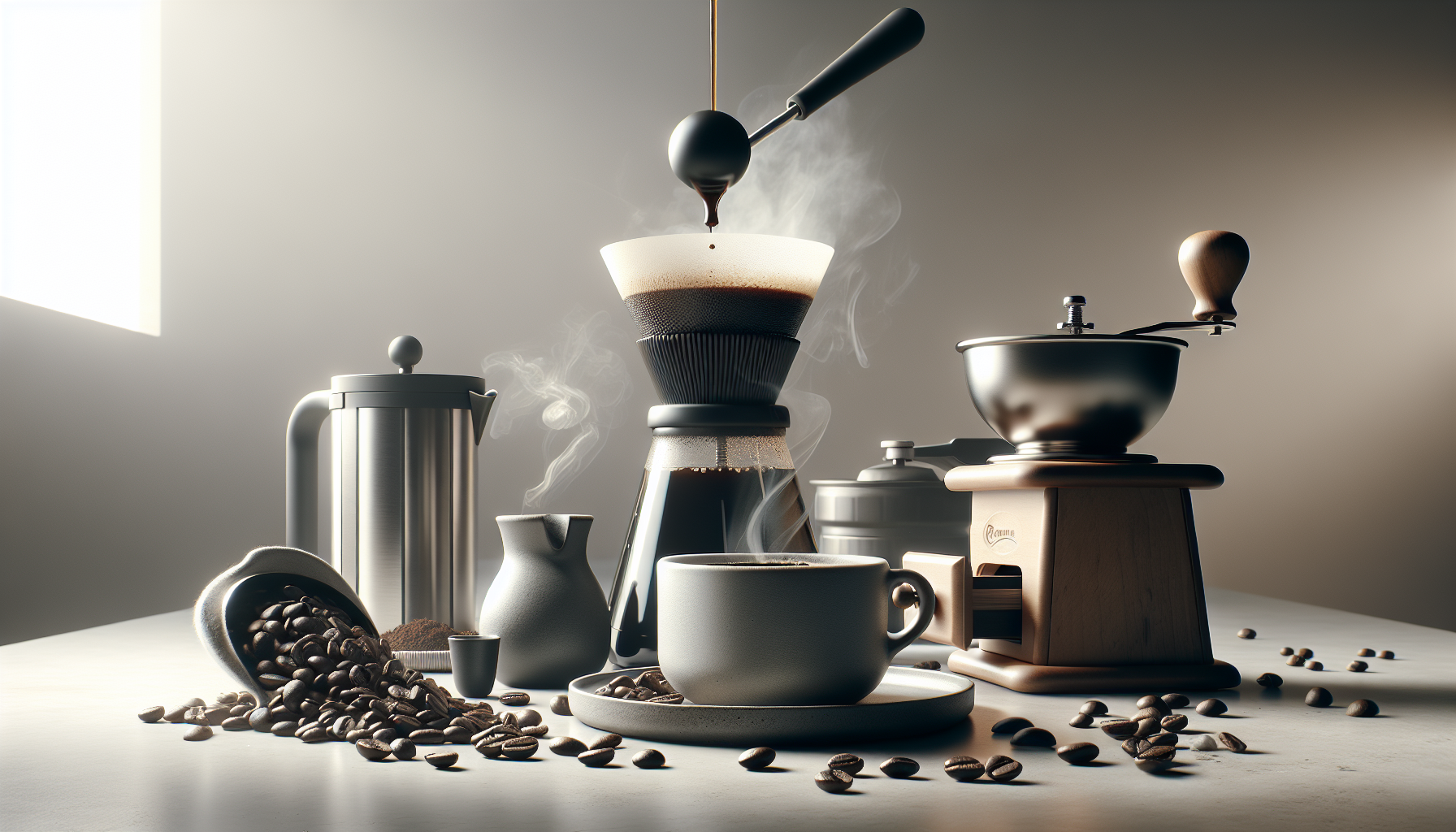
Conclusion
Mastering the art of brewing Brazilian coffee at home is a journey of discovery and refinement. By understanding the unique characteristics of Brazilian beans and applying the techniques we've explored, you're well on your way to creating exceptional cups of coffee.
Remember, the key lies in attention to detail: selecting quality beans, grinding freshly, measuring precisely, and brewing with care. Each step contributes to unlocking the full potential of Brazilian coffee's smooth, nutty flavors and low acidity.
Don't be afraid to experiment and adjust your process. Your perfect cup of Brazilian coffee is a personal creation, reflecting your taste preferences and brewing style. Embrace the process, savor the results, and share your newfound expertise with fellow coffee enthusiasts.
Additional Tips/FAQs
Tip 1: Store your Brazilian coffee beans in an airtight container away from light, heat, and moisture to maintain freshness.
Tip 2: Clean your brewing equipment regularly to prevent oil buildup, which can affect the taste of your coffee.
FAQ: Can I use Brazilian coffee for cold brew? Answer: Absolutely! Brazilian coffee's low acidity and smooth profile make it excellent for cold brew. Use a coarse grind and steep for 12-24 hours in cold water for best results.
FAQ: What's the ideal serving temperature for Brazilian coffee? Answer: Serve Brazilian coffee between 155-175°F (68-79°C) to fully appreciate its flavors. Avoid reheating, as it can compromise the taste.




